The vast expanse of our oceans are teeming with myriad types of jellyfish. These captivating, gelatinous creatures come in an array of shapes and sizes, each uniquely adapted to their marine habitat. It’s vital information if you’re planning an ocean adventure or if living near coastal locations frequented by jellyfish. In this article, we will delve deeper into the intricacies of these aquatic marvels.
Discover the Types of Jellyfish and Their Unusual Features
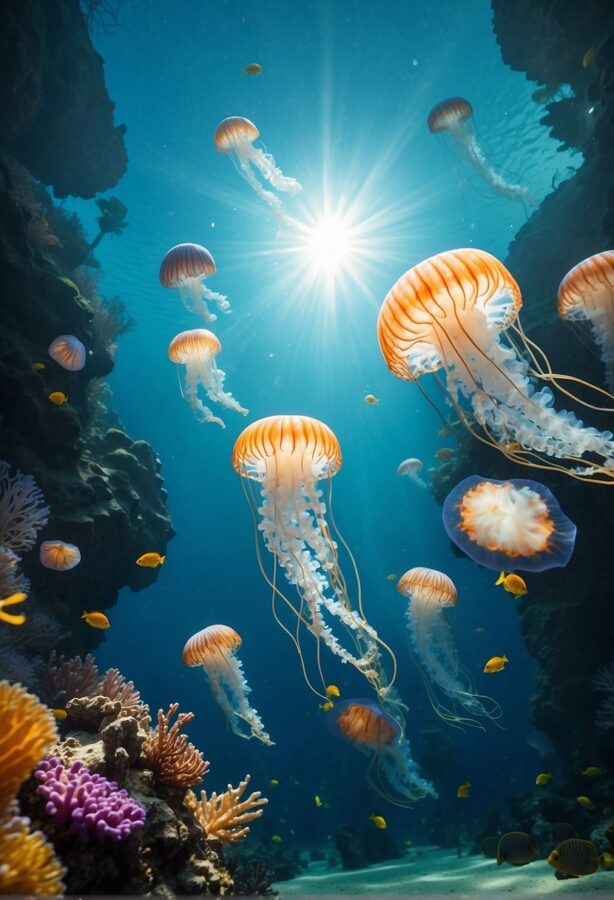
The first kind on our list is the Cannonball Jellyfish or the Cabbage Head Jellyfish – known less for its sting and more for its gastronomic value. Japan, for instance, enjoys dried Cannonball jellyfish as a cuisine. Typically, it can grow up to a diameter of 7 inches and rarely inflicts harm unless ingested straight from the beach.
Moon Jellyfish: A Graceful Species
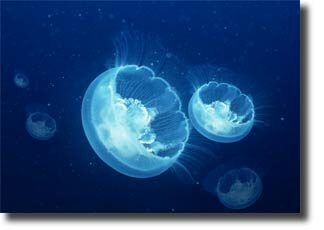
Moon Jellyfish is another fascinating species, often seen in large volumes. While their sting is mild and barely felt by humans, they share a size similarity with the Cannonball, reaching diameters of around seven inches.
Sea Nettle and Box Jellyfish: The Stinging Duo
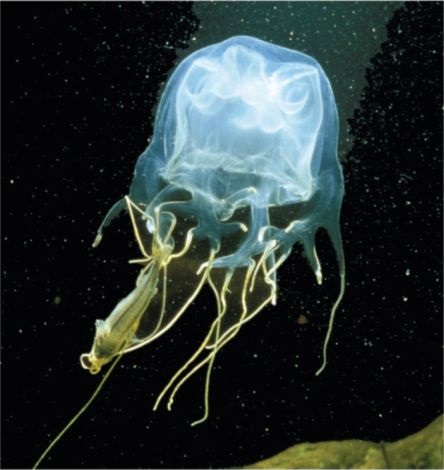
Next, meet the Sea Nettle Jellyfish, a foot in diameter and capable of delivering a painful sting. The Box Jellyfish echoes this trait, even to the extent of inflicting fatal wounds, primarily in Australia.
The Most Dangerous Types of Jellyfish
Portuguese Man of War: The Unassuming Killer
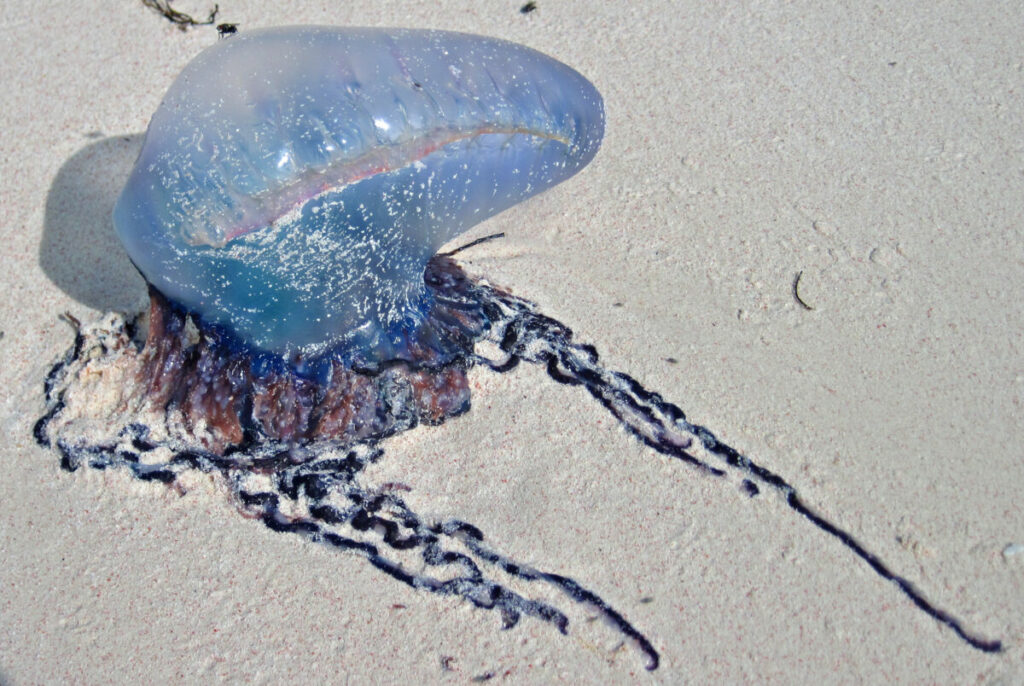
The ultimate adversary in our jellyfish line up is the Portuguese Man of War. Able to float on water surfaces like a harmless balloon, its submarine tentacles stretch between 50 to 200 feet, ready to sting. Commonly found along Florida’s lower east coast, the windy conditions often sweep them ashore. If entangled with this sea menace, vinegar can somewhat neutralize the sting. But do remember to safely remove any residual tentacles using objects like a credit card or pile of sand to avoid re-sting.
The Harmless Ones: Blue Button and Comb Jellyfish
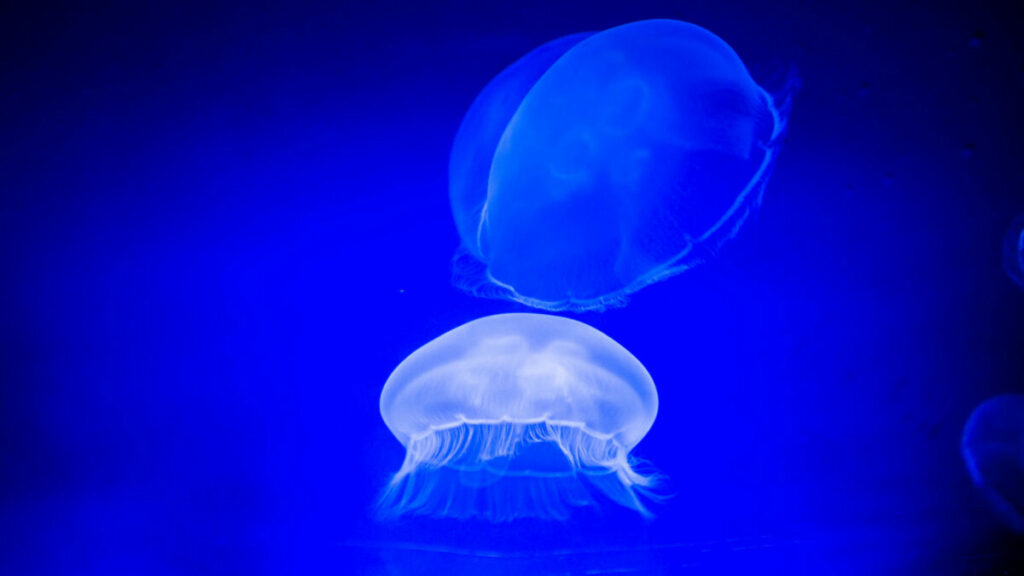
Finally, let’s demystify the notion that all jellyfish are harmful. Blue Button Jellyfish and Comb Jellyfish are two types that pose negligible danger to humans. However, the Blue Button Jellyfish might leave their tentacles attached if someone tempts their curiosity.
In your quest of discovering the various types of jellyfish, it’s crucial to remember some essential tips. Stings happen unannounced and knowing the culprit isn’t always easy. Trust the knowledge of the beach lifeguards and be aware of the prevalent types in the area. Knowledge of dealing with stings becomes paramount if you witness one.
Indulge in conversations with locals and be enlightened with their experiences concerning jellyfish sightings and how best to respond to a sting. Despite the occasional discomfort they might cause, these aquatic wonders remain a fascinating subject of study.
Related Resources: